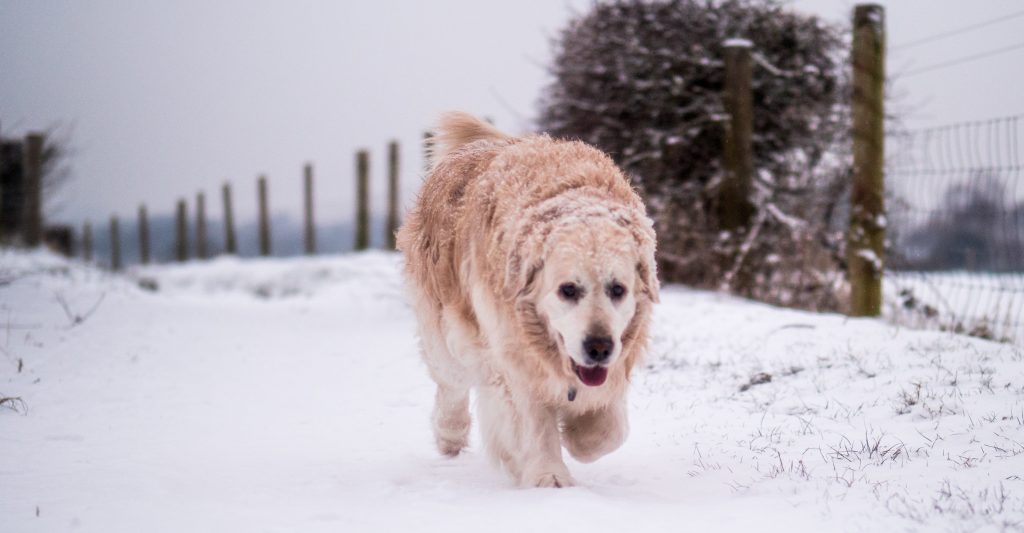
This November, walking your dog can be difficult and sometimes even hazardous. As the natural daylight hours decrease, visibility greatly diminishes, with many cyclists and drivers unable to see you or your four-legged friend as go about your dog walk. At Country Boarding for Cats and Dogs, we have highlighted four safety tips to ensure you and your dog are protected when on a walk this November.
1.Visibility
This November, we will experience less natural sunlight during the day. To reduce the risk of any accidents from happening during the dark winter months, it is vital to increase you and your dog’s visibility. Wearing a reflective jacket and lighter coloured clothing will help you to become more visible to passing drivers or cyclists. Try and avoid wearing dark coloured clothing when on a dog walk like browns, blacks, and grey hues as these are very hard to spot when it is dark. Many owners are also dressing their dogs in reflective harnesses and using fluorescent dog collars and leads to help their pets stand out on their dark walks.
2.Illumination
As well as wearing reflective clothing, another fantastic way of making you and your dog more visible to others on a November dog walk, is to carry a torch. Many dog walkers use the flashlight on their phones to illuminate pathways and walkways with some even opting to wear headlamps as this frees their hands so they can better grip their dog’s leash. Some owners are also fitting their canine companions with LED dog collars, harnesses and blinking leashes created exclusively for dimly lit winter dog walks.
3.Toxic Chemicals
This November, please be beware of any toxic chemicals that may be present on the ground. Many owners will walk their dogs on ground that has been cleared from snow and ice, however many such pathways contain toxic chemicals such as antifreeze and other ice-melting compounds which can be extremely unsafe to your dog. Chemicals such as anti-freeze can be lethal if consumed, and many ice-melting chemicals can also severely burn a dog’s paws. We always recommend for you to contact your vet if you are concerned your dog has been in contact with any ice-melting chemicals or if your dog seems to be in any discomfort after a dog walk.
4.Wear Correct Footwear
Wearing the correct footwear is also very important, especially when on a dog walk during the winter months. Opting for comfortable, stable walking boots can really enhance a winter November dog walk. Many dog walkers will wear protective footwear this November when visiting dog parks, to safeguard and support their ankles and feet as they walk over icy, slippery and unstable ground. Poor footwear which offers no grip or ankle support, can damage your feet and toes, and increase the risk of you potentially suffering a painful break, sprain, or foot injury.
Closing thoughts…
We hope you found this article helpful. Icy ground and diminishing natural sunlight this November, can turn our daily dog walks into more riskier adventures. Hopefully you can incorporate our safety tips, into your next dog walk to ensure a safe November.